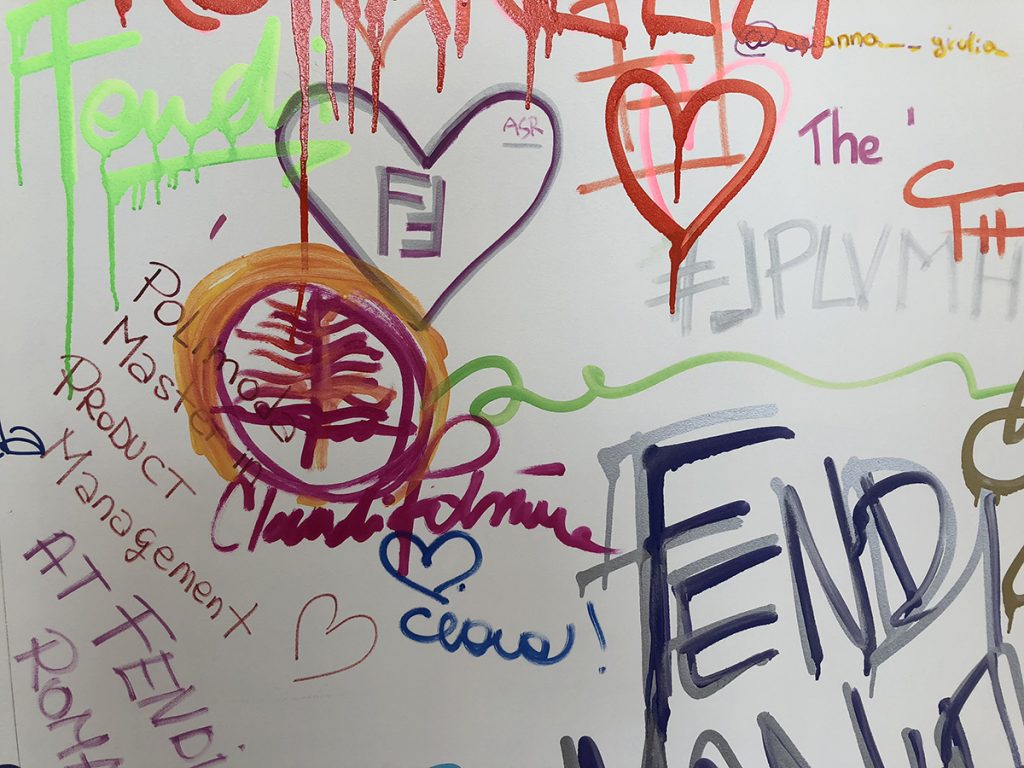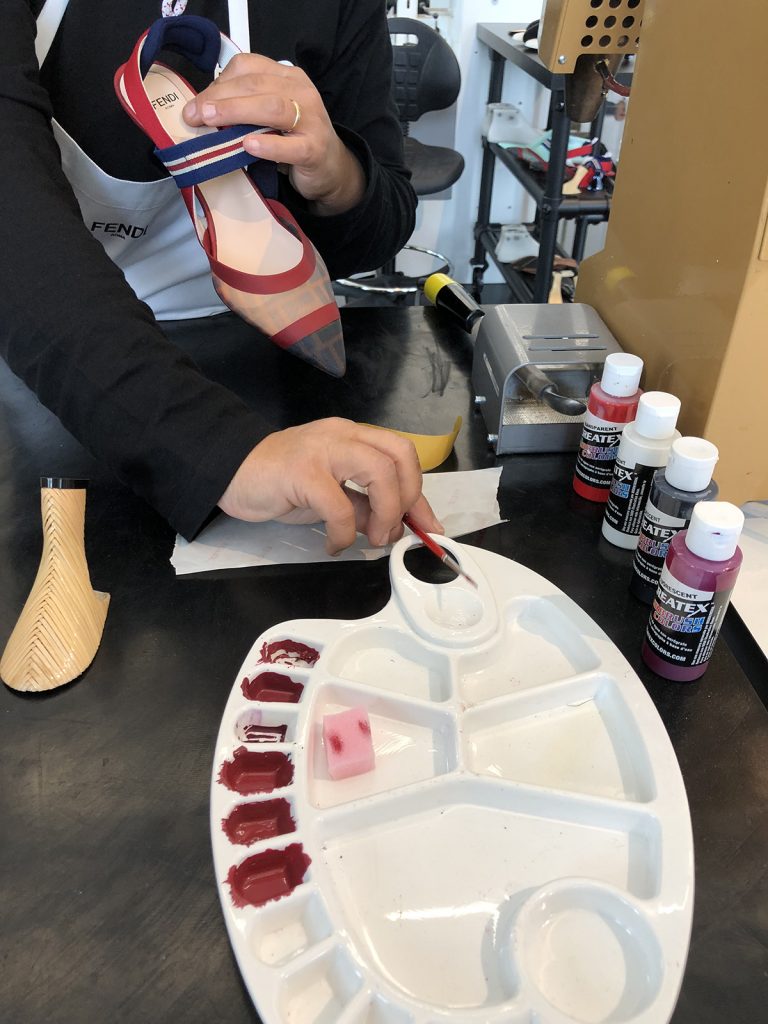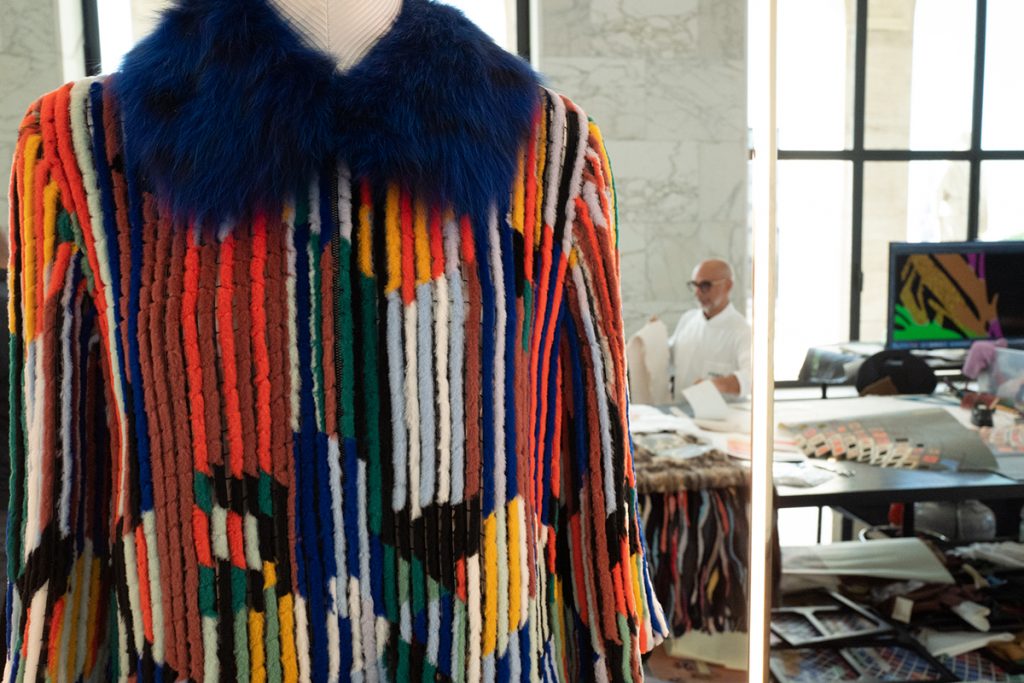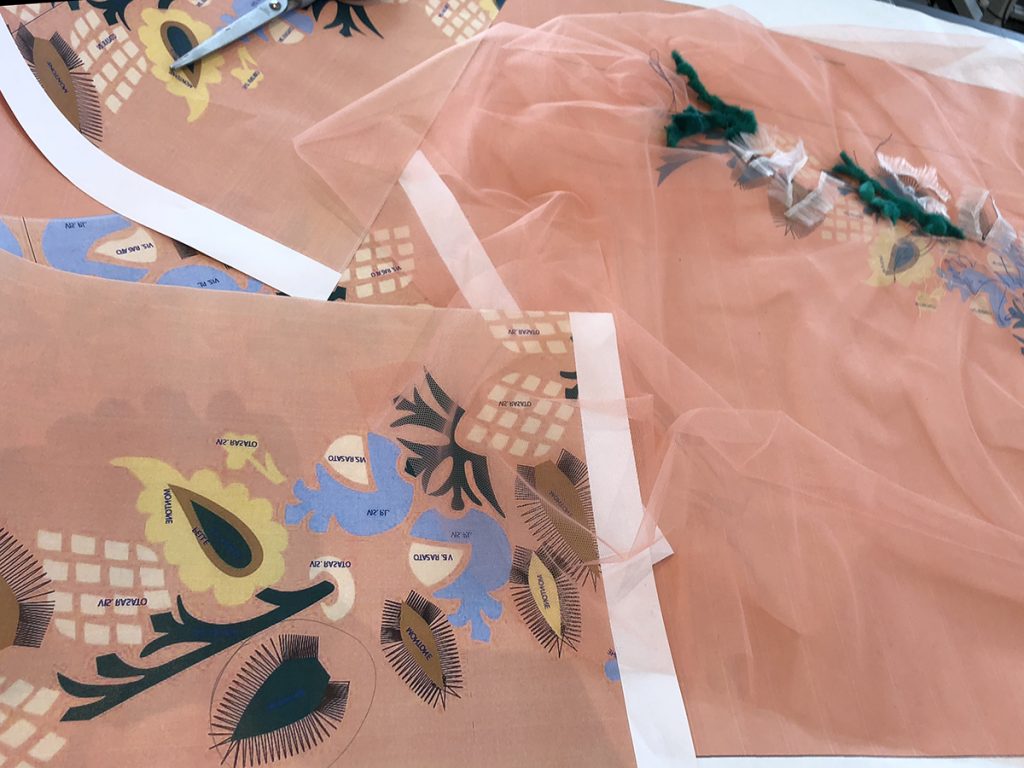Process and Precision with Fendi Artisans
Process – a word often heard, and yet is one of the most overlooked parts of being a creative. When we hear the word creative, perhaps sleepless poets, passionate artists, or eccentric designers come to mind. And yet, successful creatives are often the ones most influenced and inspired by process. Even if not obvious to the naked eye at first.
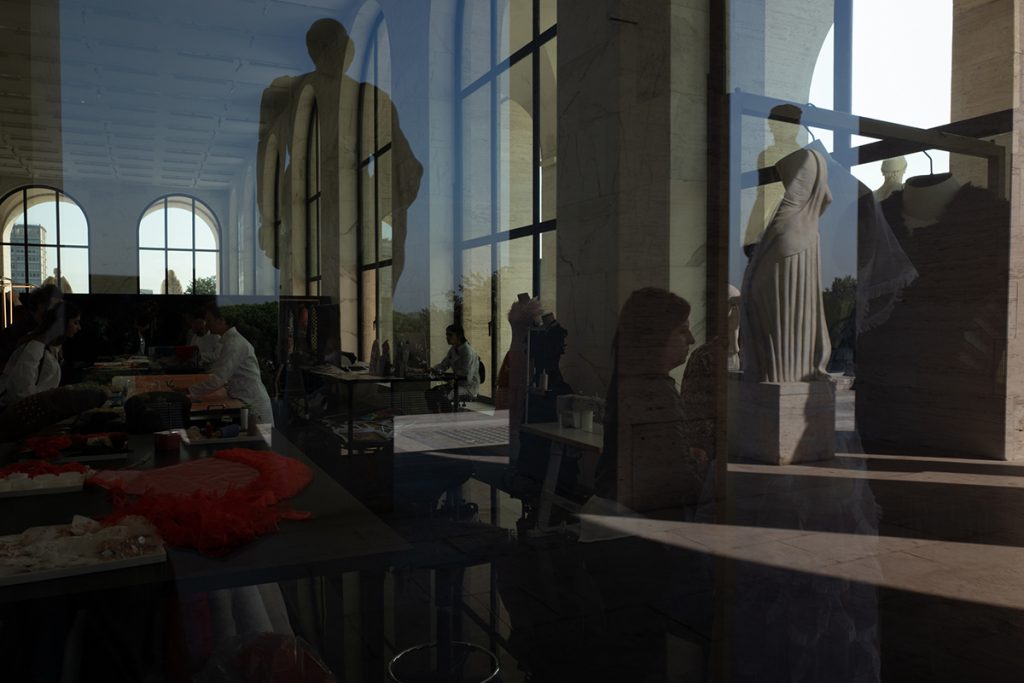
During the recent Fendi artisan exhibit, I was reminded of just how essential the process is to execute excellence in results – on a grand scale. The experience, part of LVMH series of Les Journées Particulières, shows the seams – soles, stitches, skins – of the couture products through a step-by-step demonstration of each product’s making. On display are not the objects, but the individual artisans who have perfected their “step” on this exclusive assembly line.
For every artisan, each and every step in the creation process was crucial to the next step and, ultimately, the end result. While describing the bag making process, they emphasized the importance of every tiny, minute detail. One of the seamstresses whose role is to unite the leather interior of a purse with its crocodile exterior, told me that there was zero tolerance for error. If a line of stitching on a bag goes askew, even at an early phase, the entire bag goes in the reject pile. “We work millimeter by millimeter,” she said, and each worker echoed this approach.
The site of dyed crocodile skins being folded into tiny box bags – historical and beautiful as they may be – unsettled my designer sensibility, which was heavily influenced early in my career by the Charles and Ray Eames philosophy of good design for all.
However, two things struck me: the “scrap furs” that are stitched together from all the leftover pieces; and the graphic-to-fur street art project. Their precision in executing these fashion objects extends to how the leftovers are treated – nothing must go to waste. The fur scraps are made into mosaics pieces that become throws, wall hangings or other objects. The leftover crocodile bits go into key chains and smaller items.
Then there is the street art, part of Fendi’s call to attract a new generation of artisans and creators to their laboratories. They took street artists’ designs and translated it into fur objects and wearables. They even had a wall devoted to “tagging”, where I left my own logo and signature. While old school craftsmanship will always be enticing to me, it was amongst the street art and new design that I began to appreciate the beauty of what happens when the imperfect meets an exquisite process. I could imagine creating something graphical and artistic, and having it executed in a fabric or eco-pelt.
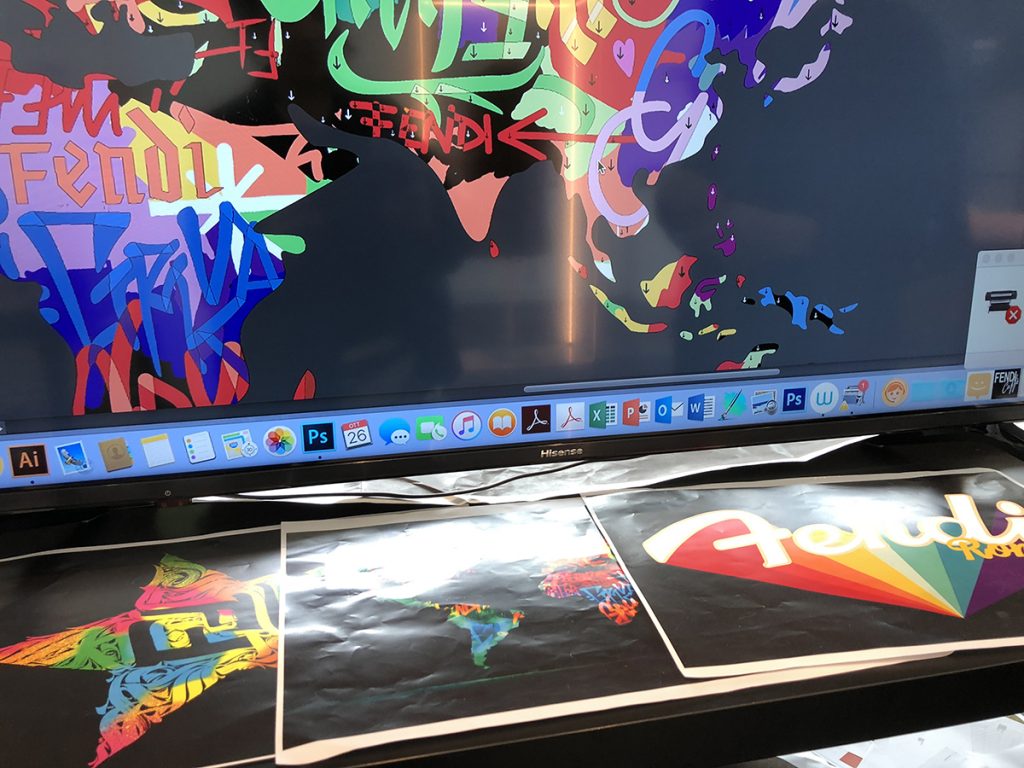
No matter how you look at process or the nature of its results, there is one answer we all can know for sure – the designer or artist’s continued success will rely on her process.
